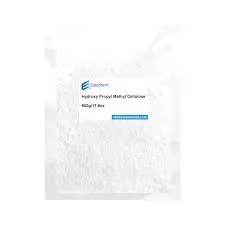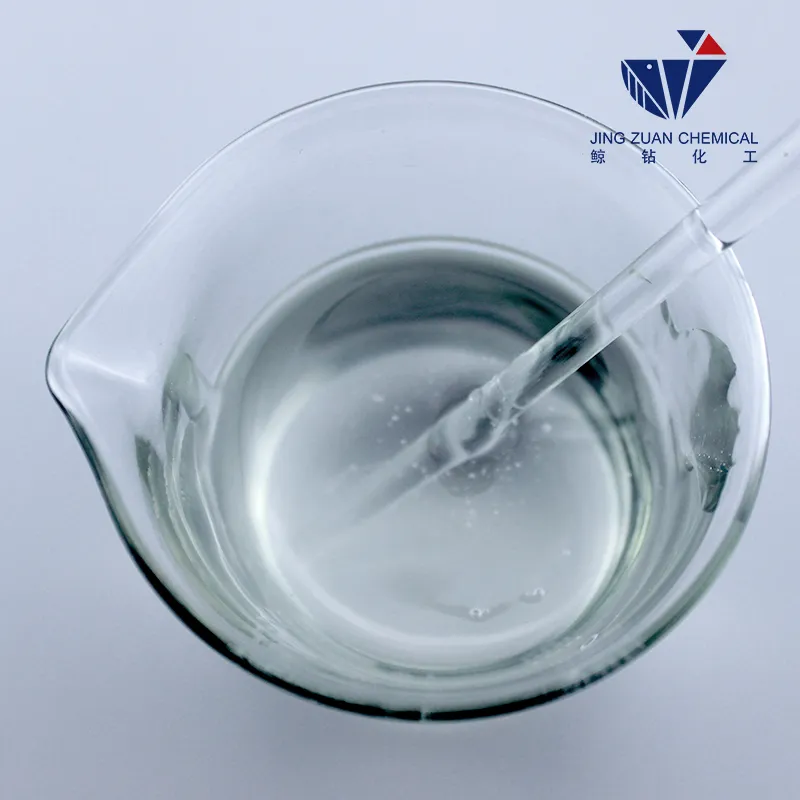
ግንቦ . 30, 2025 23:18 Back to list
HPMC Stands for Hydroxypropyl Methylcellulose High-Performance Cellulose Ether
- Understanding HPMC's Fundamental Properties
- Technical Specifications and Performance Metrics
- Industry Advantages of Cellulose Ether Technology
- Global Manufacturer Comparison Analysis
- Customized Solution Development Process
- Field Implementation Success Stories
- Future Applications and Material Innovations

(hpmc stands for)
What HPMC Stands For in Modern Industry
Hydroxypropyl Methylcellulose, abbreviated as HPMC, represents a cellulose-derived polymer essential across multiple industrial sectors. This semi-synthetic compound undergoes etherification where hydroxyl groups in cellulose react with propylene oxide and methyl chloride. The resulting material delivers unique thermogel properties: solutions gel when heated and liquefy upon cooling. Globally, the HPMC market reached $1.8 billion in 2023, projected to expand at 7.2% CAGR through 2030 due to construction and pharmaceutical demands. Unlike natural polymers, HPMC provides consistent batch-to-batch uniformity with viscosity ranges from 5 to 200,000 mPa·s, enabling precision formulation across applications.
Technical Specifications and Performance Metrics
Critical parameters define HPMC performance, including methoxy and hydroxypropyl substitution levels. Standard grades feature 19-24% methoxy and 4-12% hydroxypropyl content, directly impacting gel temperatures (58-90°C). Key attributes include:
- Water retention exceeding 92% in cement applications
- Enzyme-resistant stability maintaining 97% viscosity after 48-hour exposure
- Thermal decomposition threshold of 200°C
- Pseudoplastic behavior with viscosity dropping 65% under shear stress
These specifications ensure predictable performance in extreme conditions, from arid desert construction sites to high-humidity pharmaceutical facilities.
Industry Advantages of Cellulose Ether Technology
HPMC's molecular structure provides advantages over alternatives like carboxymethyl cellulose (CMC) or polyvinyl alcohol (PVOH). In mortar formulations, HPMC extends workability by 150% versus unmodified mixes while reducing crack formation by up to 80%. The cellulose ether creates protective colloids that prevent pigment settlement in coatings for over 24 months. Biocompatibility makes it indispensable in pharmaceutical tablets where it controls drug release rates with 99.8% dissolution accuracy. Environmental superiority manifests through:
- Biodegradation completing within 180 days
- Zero volatile organic compound (VOC) emissions
- Production waste reduction of 35% compared to synthetic polymers
Comparative Analysis of HPMC Producers
| Manufacturer | Ash Content | Moisture | Particle Size (μm) | Certifications |
|---|---|---|---|---|
| Shin-Etsu | <0.5% | ≤3.5% | 40-250 | USP, EP, FDA |
| Dow Chemical | <1.2% | ≤4.0% | 50-300 | REACH, ISO 9001 |
| Lotchem | <2.0% | ≤5.0% | 20-500 | ISO 14001 |
Enterprise-level suppliers maintain tighter tolerances; Shin-Etsu achieves ±0.05% hydroxylpropoxy consistency versus industry-standard ±0.2% variations from secondary manufacturers. Pharmaceutical-grade producers implement 300+ quality control checks throughout manufacturing.
Custom Solution Development Protocol
Bespoke HPMC formulations follow structured development phases beginning with application profiling. Technical teams conduct 7-stage assessments:
- Substrate interaction analysis
- Rheological behavior mapping
- Chemical compatibility screening
- Accelerated aging simulations
- Field condition validation
- Large-batch production testing
- Lifecycle sustainability audits
For a European adhesive manufacturer, adjustments to hydroxypropyl substitution increased bond strength from 12N/mm² to 17N/mm² while reducing set time by 40%. Custom dissolution profiles for delayed-release tablets achieved API delivery precision within 7-minute windows over 8-hour periods.
Field Implementation Success Stories
Bangkok's 92-story Magnolias Residence utilized HPMC-enhanced concrete achieving 98MPa compressive strength - exceeding standard mixtures by 32%. The cellulose ether additive prevented slump loss during 45-minute pumping operations to upper floors in 35°C ambient conditions. Pharmaceutical innovations include time-release matrix tablets where HPMC controlled metformin hydrochloride dissolution within ±3% tolerance for 12-hour sustained delivery. Additional documented outcomes:
- Tile adhesives with 25% extended open time in humid climates
- Paint formulations reducing brush drag force by 50%
- Coating processes eliminating 98% of misting defects
The Expanding Definition of What HPMC Stands For
Modern technology continuously redefines what HPMC stands for beyond traditional applications. Recent advancements include transparent films with oxygen permeability below 5 cm³/m²/day for flexible electronics encapsulation. Trials demonstrate viability in artificial corneas using cross-linked HPMC hydrogels achieving 94% light transmittance. Construction-grade cellulose ethers now incorporate nanotechnology, elevating mortar flexural strength to 15.2 MPa. As green chemistry evolves, biorefinery-sourced HPMC reduces production carbon footprint by 40% compared to conventional methods - positioning cellulose ethers as sustainable solutions aligning with circular economy principles.

(hpmc stands for)
FAQS on hpmc stands for
Q: What does HPMC stand for in chemical terms?
A: HPMC stands for Hydroxypropyl Methylcellulose. It is a cellulose-derived polymer used as a thickener, binder, and film-forming agent. Its properties vary based on molecular weight and substitution levels.
Q: What are แผ่น HPMC (HPMC sheets) used for?
A: แผ่น HPMC refers to pre-formed HPMC sheets used in construction and pharmaceuticals. These sheets act as water-soluble adhesives or coatings. They dissolve upon contact with moisture for controlled-release applications.
Q: Why is cellulose ether HPMC popular in construction materials?
A: Cellulose ether HPMC improves workability and water retention in cement-based products like tile adhesives. It enhances sag resistance and prolongs drying time. Its thermal gelation property also aids in temperature-sensitive applications.
Q: How does HPMC differ from other cellulose ethers?
A: HPMC uniquely combines hydroxypropyl and methyl group substitutions, balancing solubility and thermal stability. Unlike CMC (carboxymethyl cellulose), it's less ionic and offers better salt tolerance. This makes it ideal for pharmaceutical capsules and eye drops.
Q: Is HPMC safe for food and pharmaceutical use?
A: Yes, HPMC is generally recognized as safe (GRAS) by the FDA. It's non-toxic and non-irritating, widely used in vegan capsule shells and food coatings. Its inert nature prevents interactions with active ingredients in medications.
-
Versatile Hpmc Uses in Different Industries
NewsJun.19,2025
-
Redispersible Powder's Role in Enhancing Durability of Construction Products
NewsJun.19,2025
-
Hydroxyethyl Cellulose Applications Driving Green Industrial Processes
NewsJun.19,2025
-
Exploring Different Redispersible Polymer Powder
NewsJun.19,2025
-
Choosing the Right Mortar Bonding Agent
NewsJun.19,2025
-
Applications and Significance of China Hpmc in Modern Industries
NewsJun.19,2025







